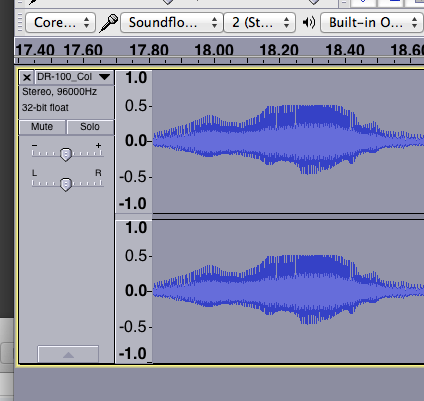Something like ROXUL SAFE’n’SOUND, but 4" in stead of 3":
http://www.roxul.com/products/residential/products/roxul+safe’n’sound
It’s a thermal isolation board, common in building materials shops. Just not the most common 35 kg/m3, but a bit denser, at 40 kg/m3. 50 or 55 kg/m3 would be even better.
It’s the same stuff you can buy in blankets, but boards, 10 cm thick. Cheaper than most other materials, usually in stock and easy to work with. Cut it with a large (electric) bread knife, put in place and glue or use long nails. For the ceiling, you can suspend it on nylon wire, more or less “floating”. You can’t easily use it for floors.
The stuff in the first link works even better, but is probably also more expensive and a lot more work. And the failure comes with the construction: the beams used to keep the two board constructions apart, are bridges again. Their isolation claims may be true, but they’re probably measured without these “bridges”. I couldn’t immediately find complete tech specs, which usually isn’t a good sign. And those they give, are mostly imperial, which is alien to my ISO mind 
The stuff in the second link probably works too. Only, I fear it’s even more expensive. But as I can’t figure out the exact specs, I can’t tell.
My method works well for the first part of the traject: putting something against existing walls and ceiling.
If you need to build new walls, the product from the first link is easier.
The product from the second link will work for stuffing the areas where a board is less practical, like corners or other small spaces.
I wouldn’t use glassfiber (which is even cheaper) as it is very nasty. You can’t stop scratching for days.
When the first part of the traject is finished (all existing walls, ceiling and floor covered), you can start building your box, if that is the way you decode to go. But it is very well possible that it is all you need, even if screaming girls are hard to dampen. 


